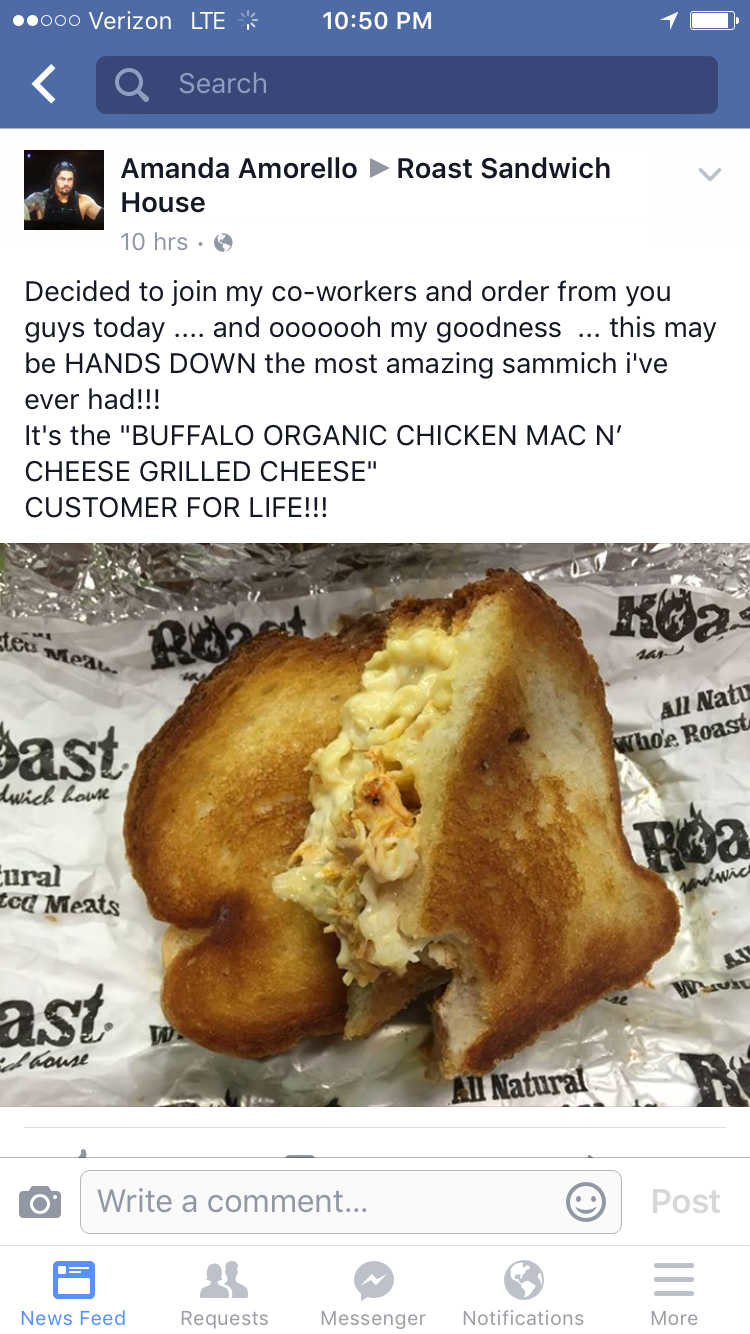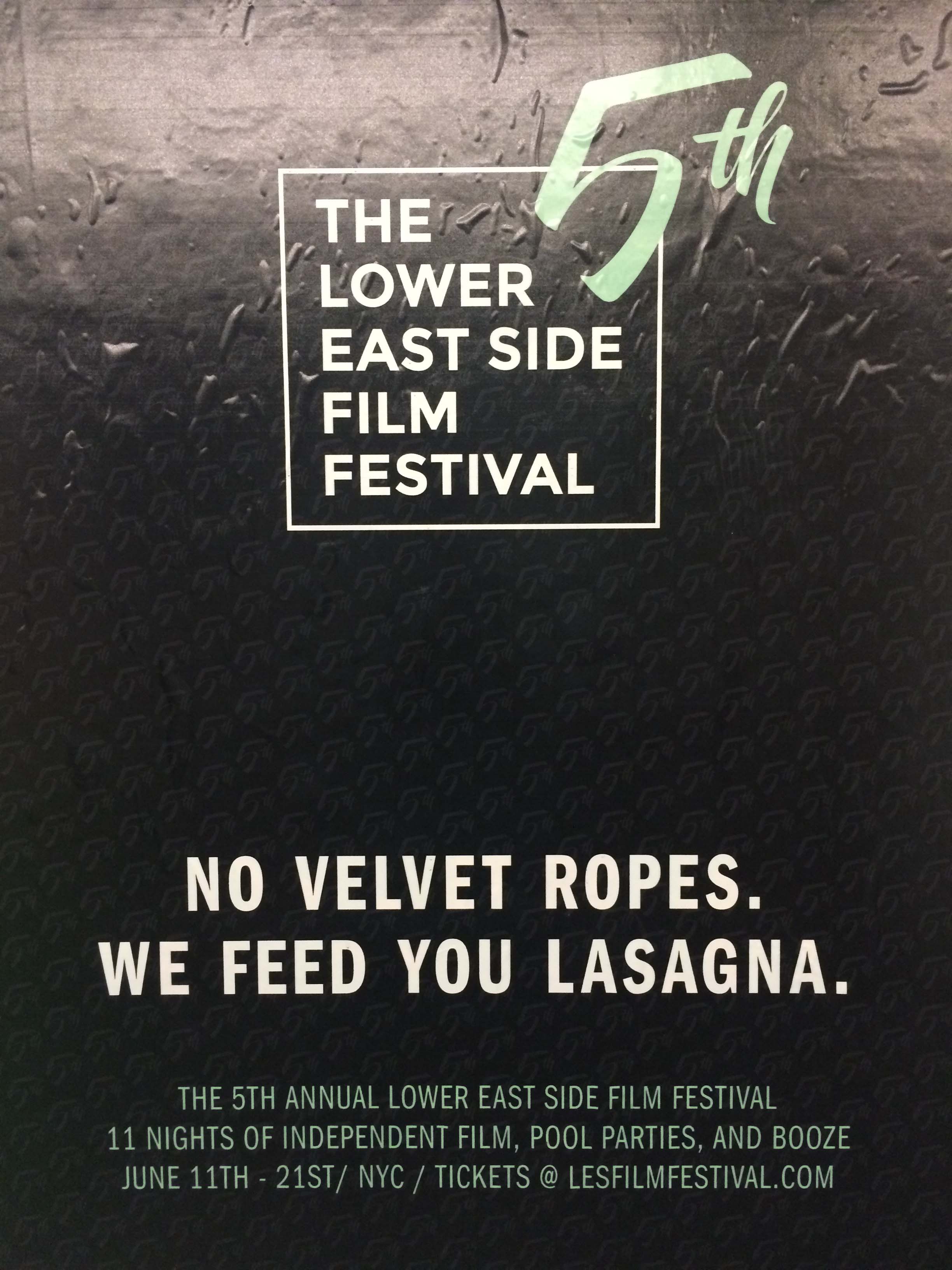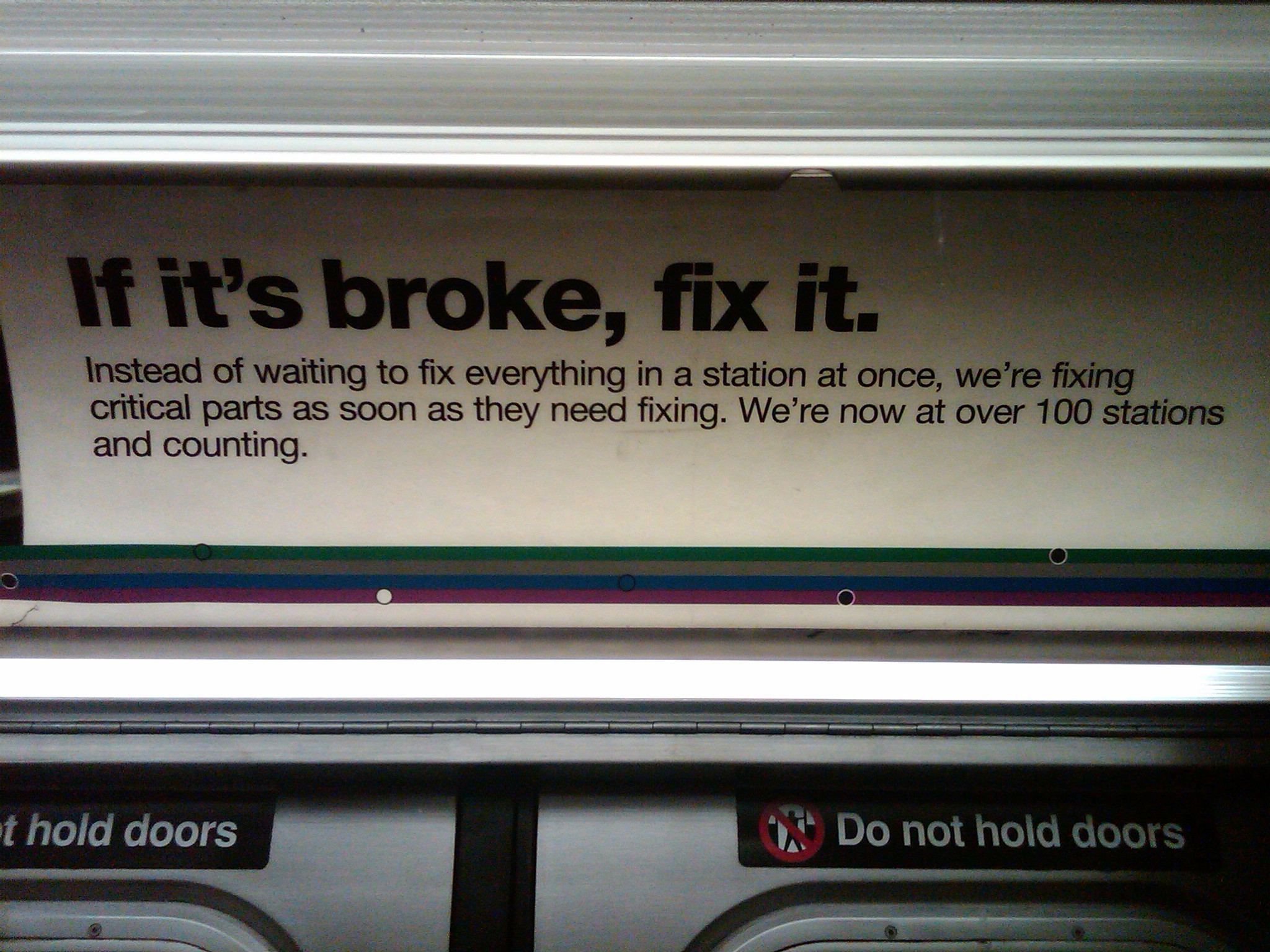
Black Friday, Cyber Monday, and now Small Business Saturday. Can you say “baaa baaa?”
Ever heard of Small Business Saturday? No? Don’t worry. Within the next two years, not only will you know about it, but you will feel magnetically drawn to shop at small, independent retailers on the Saturday after U.S. Thanksgiving.
This past November 26th was only the 2nd Annual occurence of this made-up-by-retailers holiday (in this case, American Express), and yet, its Facebook page already has nearly 3 million “Likes.” Impressive, considering that’s the equivalent of the entire population of Rhode Island, New Hampshire, and Vermont.
Watching the evolution of retail consumer behavior patterns tied to the U.S. Thanksgiving weekend is a fascinating lesson in branding and the combined power of internet-and-the-media.
Just look at Black Friday vs. Cyber Monday:
The term “Black Friday” first officially emerged as a moniker for the Friday-after-Thanksgiving shopping frenzy in the 1960’s, but it wasn’t until the late 1990’s that it gained widespread consumer awareness and participation. And in fact, it wasn’t until 2002 that it became the season’s biggest shopping day each year, as confirmed by market research firm ShopperTrak. That’s nearly 40 years from launch to goal line.
In stark contrast: Cyber Monday was launched in 2005 by a group called Shop.org as a way to boost online sales and encourage tech-shy consumers to become more comfortable with online spending. (Note: those were “prehistoric times”…high-speed internet was more readily available at businesses than residences…hence, the Monday strategy). By 2006, online spend-tracking firm comScore Inc. reported Cyber Monday as the 12th biggest online spending day of the year. Care to guess when it scored the top spot? 2010. Just five years from launch to goal line.
This acceleration of consumer acquiescence bodes well for Small Business Saturday. It is worth noting that Black Friday didn’t have the power of the internet at its inception, and Cyber Monday (while it obviously had the internet) didn’t have the power of social media or “apps” at ITS inception. But Small Business Saturday has all of these lightening-speed marketing tools in its debut arsenal, and with that, I give you…nearly 3 million Facebook fans and counting in just its second year.
So, how does knowing about this acceleration pattern help your OWN business? Three ways:
- Branding something – an annual sale, event, festival, start-of-season opportunity – turns it into a “rallying point” to create excitement, secure partners, and get consumer and media attention. You can do this with ANYTHING, from planting your annual tulip bulbs to the day the first sand castle of the season is erected on your beach. Brand it, create deals and events around it, promote it online and through email blasts, and soon…people will be trained to anticipate it. It provides a “reason to buy.”
- Harness the internet to spread the word: post it on calendars, optimize search terms, get partners to extend your email/website/social media audience, do some strategic online advertising, blog about it, send press releases to online media, and more. What used to take decades to gain traction now can take mere months, or even weeks, and with far fewer marketing dollars than ever before.
- Ride the coat tails of this massive Thanksgiving weekend shopping power: do you have a deal for Black Friday, Cyber Monday, or (perhaps?) Small Business Saturday? Don’t let all that marketing equity (built on someone else’s dime) go to waste. Be ready to join in the frenzy next year.
Of course, you may not have the marketing clout – and budget – of American Express behind you like Small Business Saturday does, but with a bit of focus and a dash of creativity, you can make an impact in your own way. Think that’s not possible? Redpoint made a business-building opportunity out of mud for the New England Inns and Resorts Association. And if money can be made out of mud, surely it can be made out of anything.
Yeah…sometimes, we PR people play dirty.
Note: Lots of research was done to gather information for this blog post, but special thanks goes to Time and the Columbus Dispatch for their very clear and succinct historical articles on Black Friday and Cyber Monday.
 get travel marketing tips
get travel marketing tips 












